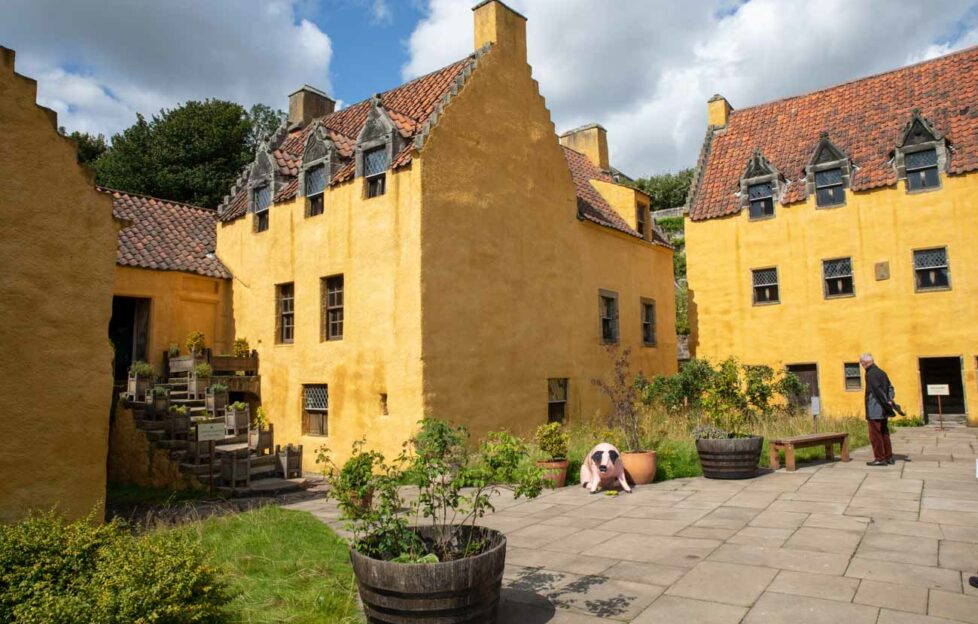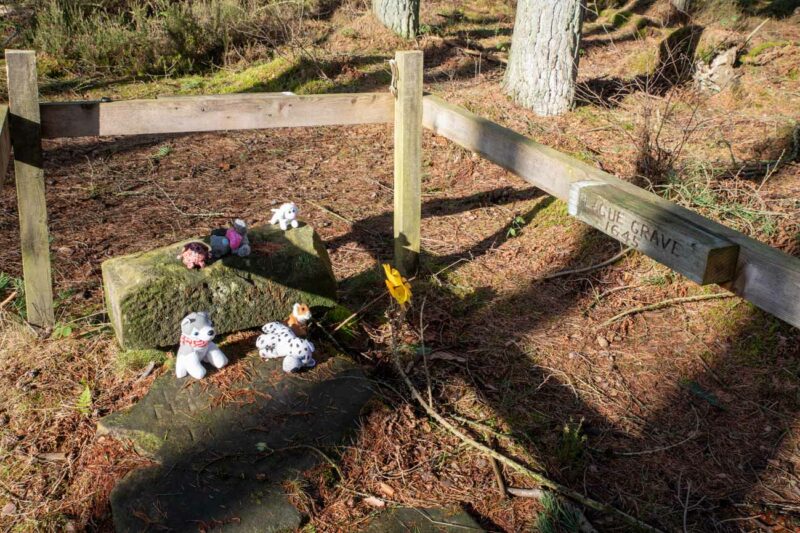Willie’s View: Worrying Times In Culross

Willie Shand remembers another historic pandemic that caused worrying times in Culross.
Culross is a right picturesque old town sitting above the left bank of the Forth. With its narrow cobbled streets, forestairs and pantile roofs, it appears as if time has left it stuck somewhere in the 17th century.
It doesn’t take long to discover the town’s history stretches a lot further back than that; even to the days of St Serf in the early 500s.
A mile or so walk above the town stand the ruins of the old Parish Church or West Kirk; built around the 1100s. ‘Outlander’ fans will no doubt recognise it as the ‘Black Kirk’. Many of the carved stones that surround it bear dates from the mid 1600s.
These were worrying times for anyone who lived back then. In the mid 1600s it wasn’t Covid on everyone’s minds but the plague or Black Death. We can only imagine how much worse this must have been in a time of little communication and no NHS.

The Plague Grave of 1645.
A mile or so beyond the kirk, hidden within the woods, is a stark reminder of how grim that time was. A short forest track leads to an isolated grave. In the mid 1600s James Bald, a Culross smith, lived here with his family, until the dreaded plague visited his home.
Tragically, Robert, Agnes and Jean, his three children, were all taken from him on the same day – the 24th September 1645.
Although this may be the better part of four hundred years ago, James and his family are still remembered by the folks of Culross.
![]()
Willie’s last outing was a snowy visit to the “Bull Stane” near his own home…










